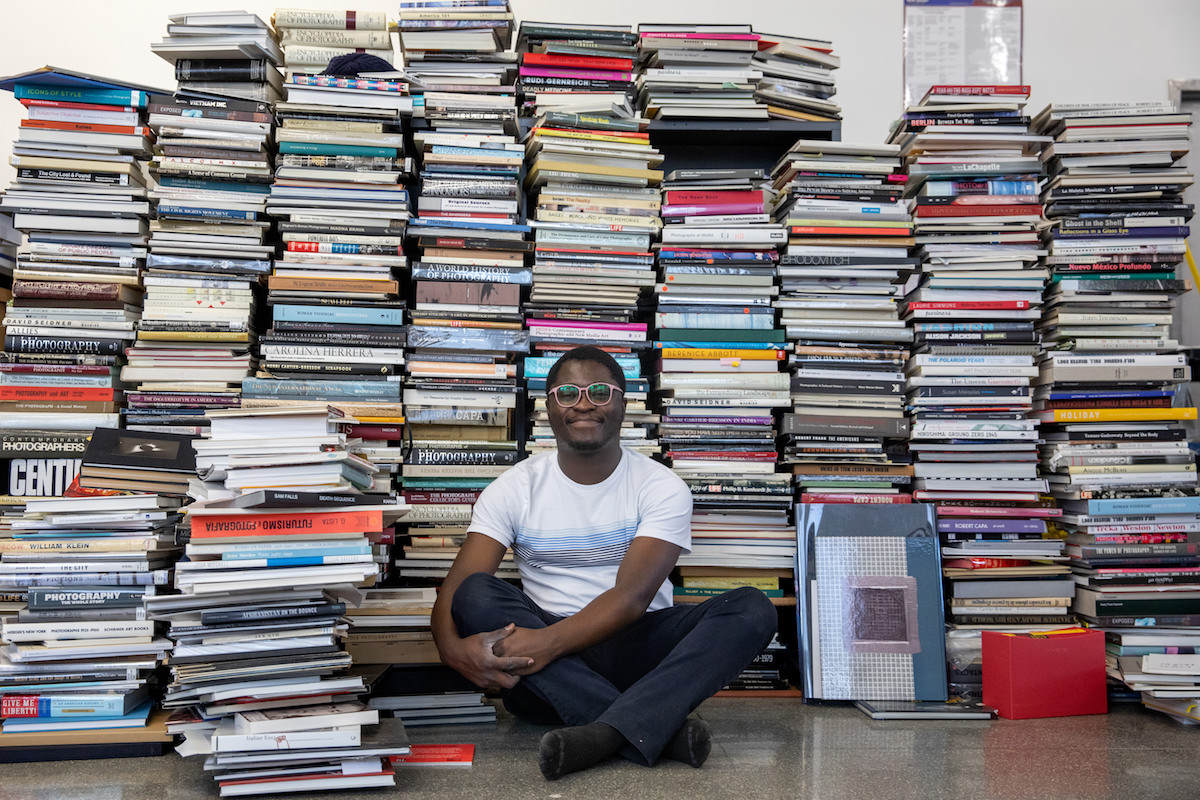Paul Ninson’s passion for photography quickly developed into something much bigger than himself
Not everyone knows how to tell an impactful visual story in one frame. But, Paul Ninson is not everyone. The self-taught documentary photographer and filmmaker tells captivating human stories through his distinctive images. He was born and raised in Kumasi, a sprawling city in Ghana’s Ashanti Region, and art has been his forte for as long as he can remember. Indeed, as a child, Ninson recounts creating drawings inspired by everything from his family to the tales told by his grandfather. “Growing up, my grandfather used to tell me stories about our culture and traditions. Stories about the Asante people and sometimes specifically stories of my traditional home Kumawu,” he says. “Looking back, these stories influenced me a lot.”
However, despite his love of storytelling and creativity, Ninson did not pursue photography professionally until he was 20, when, overwhelmed by the responsibilities of early fatherhood, he sold his phone to buy his first camera. “I was looking for a visual medium I could make a living from and also express myself through,” he explains. “My daughter was my inspiration.”
At the time, photography was not a mainstream job in Ghana, but Ninson taught himself, diving into online learning and taking photographs almost obsessively. “When I got a camera, I was taking 200 pictures a day. I was always reading and watching tutorials, and I quit watching movies and playing games. I knew where I was going, who I was and from where I came. That kept me disciplined.”
Ninson struggled to progress despite his hard work, receiving repeated rejections when applying for scholarships to study photography. Finally, the International Center of Photography (ICP) in New York offered him a half-scholarship. Ninson, however, lacked the means to raise the remaining $20,000 of tuition fees. A 2018 encounter with Brandon Stanton, founder of the photoblog Humans of New York, changed this. Ninson and Stanton met at the University of Ghana, where the photographer was documenting an event. Stanton listened to Ninson’s story and was moved by it, offering to assist him with studying at the ICP.
Ninson conceived of the Dikan Center (a Ghana-based non-profit organisation committed to visual education and the country’s first photo library) while studying in New York. The photographer was collecting photography books, particularly those by African practitioners, to bring home with him, allowing others to experience them too. “As the number of books I collected increased, I thought about how to share the resources,” he told Braperucci. “There aren’t many resource centres in Ghana for photographers and visual storytellers. Dikan became my way of doing something for others.”
Ninson progressively filled his entire apartment with books. Then, he rented a storage unit. Currently, he has amassed over 30,000 publications, and with the help of Humans of New York, has raised over $1 million in crowdfunding toward building Dikan. He has also received a land pledge from Ghanaian legislator Sam George.“Our objective is to inspire, train and support photographers and filmmakers in Ghana and Africa as a whole,” says Ninson. “Dikan aims to make visual education accessible to everyone, promoting public awareness of photography through educational outreach, immersive workshops, online education, studios and events.”


